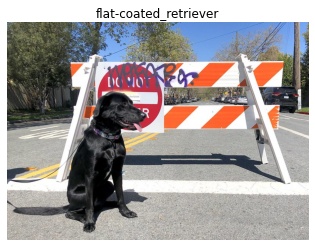Install OpenVINO™ Runtime from Conda Forge¶
Note
Note that the Conda Forge distribution:
offers both C/C++ and Python APIs
does not offer support for GNA and NPU inference
is dedicated to users of all major OSes: Windows, Linux, and macOS (all x86_64 / arm64 architectures)
There are many ways to work with Conda. Before you proceed, learn more about it on the Anaconda distribution page
Installing OpenVINO Runtime with Anaconda Package Manager¶
Set up the Anaconda environment (Python 3.10 used as an example):
conda create --name py310 python=3.10
conda activate py310
Update it to the latest version:
conda update --all
Install the OpenVINO Runtime package:
conda install -c conda-forge openvino=2023.3.0
Congratulations! You’ve just Installed OpenVINO! For some use cases you may still need to install additional components. Check the description below, as well as the list of additional configurations to see if your case needs any of them.
Compiling with OpenVINO Runtime from Conda-Forge on Linux¶
When linking OpenVINO libraries from Conda on Linux, ensure that you have the necessary Conda compilers installed. To do so, run the following command in your Conda environment:
conda install cmake c-compiler cxx-compiler make
It is crucial to reactivate your Conda environment after installing the compilers. This step ensures that all the environment variables are set correctly for successful linkage.
To reactivate your Conda environment, execute the following command:
conda activate py310
Once you have reactivated your Conda environment, make sure that all the necessary environment variables are properly set and proceed with linking the OpenVINO libraries.
Uninstalling OpenVINO™ Runtime¶
Once OpenVINO Runtime is installed via Conda, you can remove it using the following command, with the proper OpenVINO version number:
conda remove openvino=2023.3.0
What’s Next?¶
Now that you’ve installed OpenVINO Runtime, you are ready to run your own machine learning applications! To learn more about how to integrate a model in OpenVINO applications, try out some tutorials and sample applications.
Try the C++ Quick Start Example for step-by-step instructions on building and running a basic image classification C++ application.

Visit the Samples page for other C++ example applications to get you started with OpenVINO, such as: